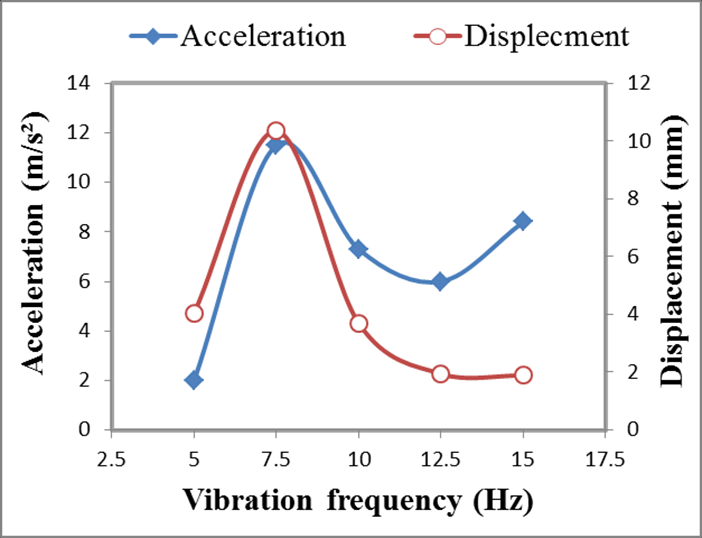Exploring the science behind haptic feedback and vibration motors
Micro vibration motor, also known as tactile feedback motors. It plays a vital role in providing tactile feedback to users in various electronic devices. These motors come in many forms, including eccentric rotating masses (ERM) and linear resonant actuators (LRA). When understanding the performance of these motors, factors such as vibration forces, acceleration, and displacement must be considered. A basic question that often arises is how the displacement of a micro vibration motor is related to its frequency.
To understand the relationship between displacement and frequency.
These terms must first be defined. Displacement refers to the distance that the vibrating element of the motor moves from its rest position. For ERMs and LRAs, this motion is usually produced by the oscillation of an eccentric mass or a coil connected to a spring. Frequency, on the other hand, represents the number of complete vibrations or cycles a motor can produce in a given unit of time, and is usually measured in Hertz (Hz).
Generally speaking, the displacement of a vibration motor is proportional to its frequency. This means that as the frequency of the motor increases, the displacement also increases, resulting in a greater range of motion for the vibrating element.

Several factors influence the displacement-frequency relationship of micro vibration motors.
The design and construction of the motor, including the size and weight of the vibrating element, and (for LRA) the magnetic field strength, play an important role in determining the displacement at different frequencies. Additionally, the input voltage and drive signals applied to the motor affect its displacement characteristics.
It is worth noting that although the displacement of a coin vibration motor 7mm is related to its frequency, other factors such as overall vibration force and acceleration also affect the performance of the motor. Vibration force is measured in units of gravity and reflects the strength or strength of the vibrations produced by the motor. Acceleration, on the other hand, represents the rate of change of the velocity of the vibrating element. These parameters are used in conjunction with displacement and frequency to provide a complete understanding of the motor's behavior.
In Summary
The relationship between the displacement and frequency of a micro vibration motor is an important aspect of its functionality. By understanding this relationship and accounting for other factors such as vibration forces and acceleration, engineers and designers can create more effective tactile feedback systems in electronic devices. As technology continues to advance, the study of vibration motor dynamics will play a vital role in enhancing user experience in various applications.
Consult Your Leader Experts
We help you avoid the pitfalls to deliver the quality and value your micro brushless motor need, on-time and on budget.
Post time: Jan-27-2024





